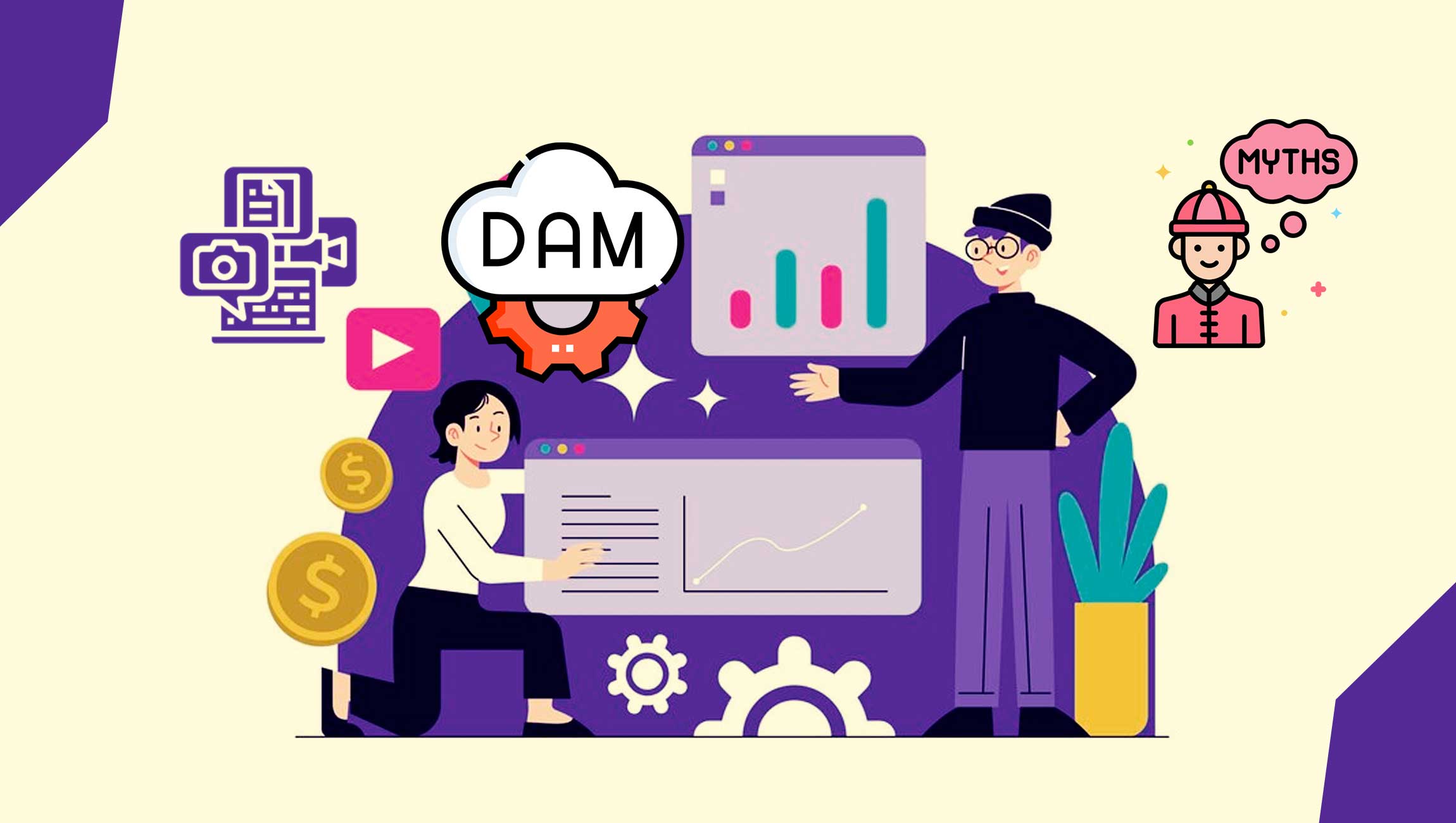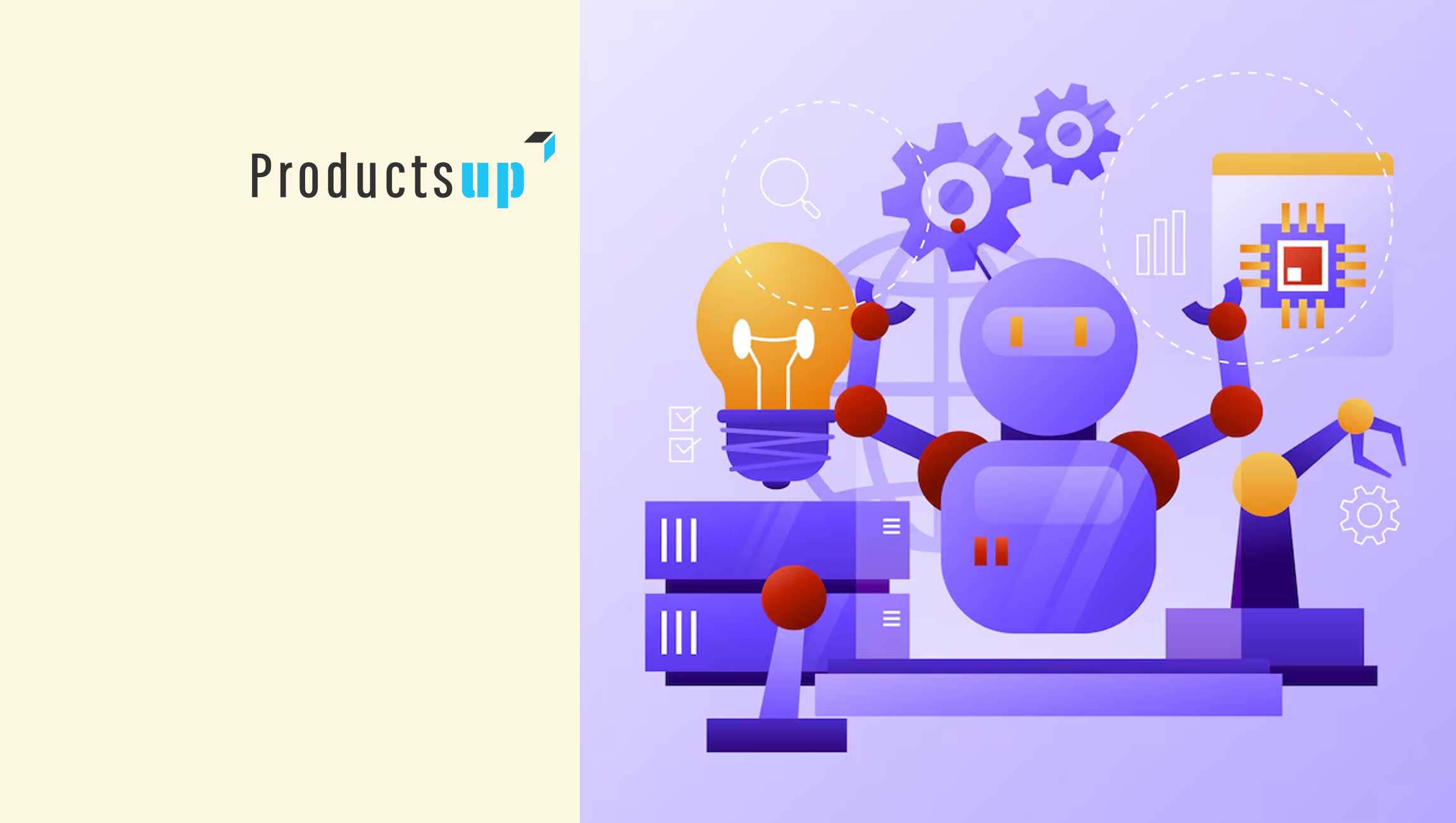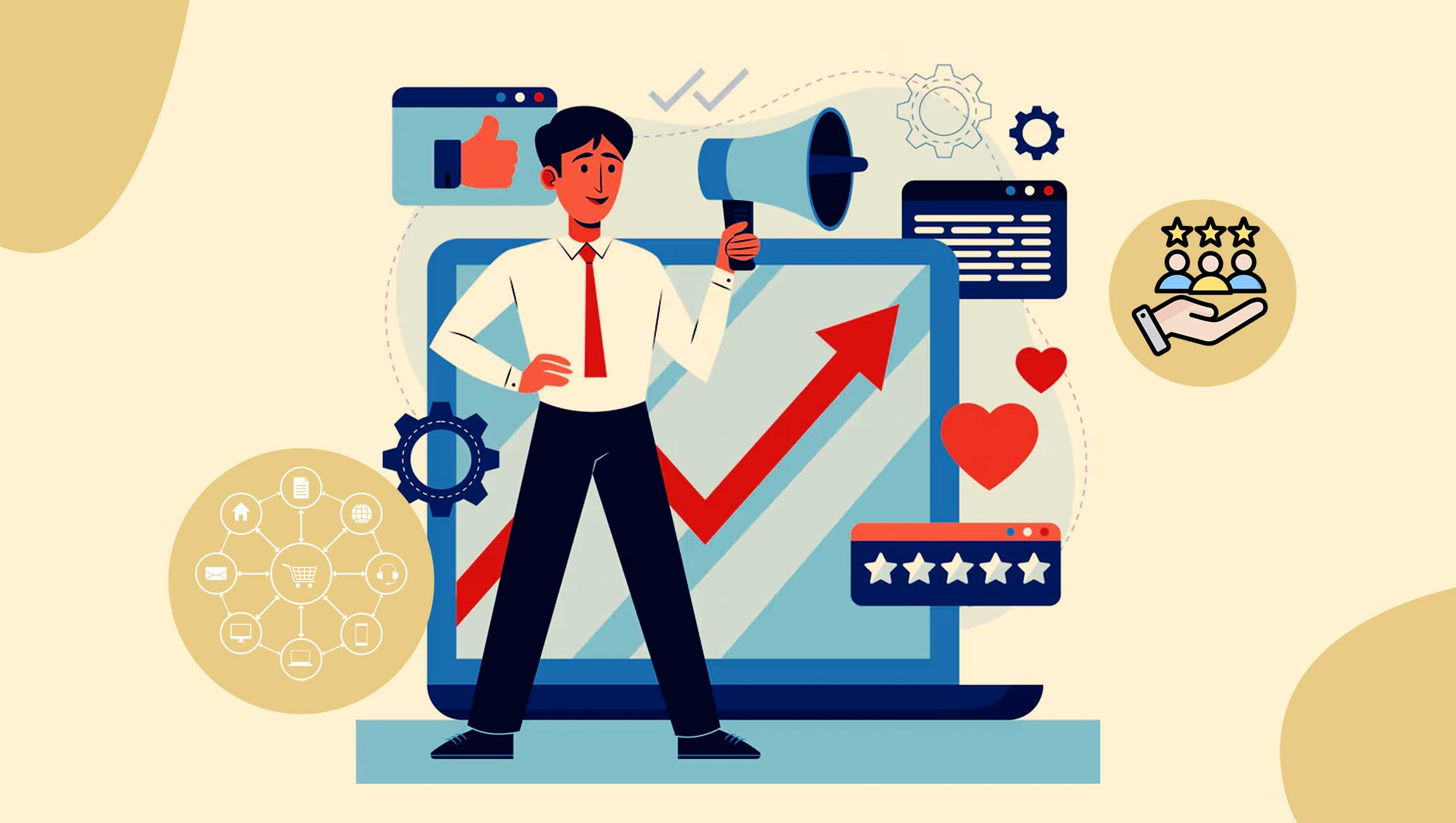DAMs (Digital Asset Management Systems) make your workflow easier and add value to your overall martech; Let us elaborate –
The primary function of a DAM narrows down to creating a centralized place for all the digital assets of your company so your employees and internal and external stakeholders of your company have access to the data from the platform. Organizing your digital assets in one place is the key role of any DAM. It is a type of software that your company can utilize to store, organize, find, and share digital files. That said, DAM platforms help teams to be more efficient as they can use digital content to achieve their goals.
Why is Digital Asset Management Important?
A DAM platform allows teams to access, manage, organize, share, and modify digital assets and other digital files. Large enterprises and small companies both turn to a DAM solution to solve challenges that various teams face, such as file management, version control, instant digital asset access, and the inability to share digital files.
With these features, DAM platforms have become an integral part of the martech stack for organizations as they replace the need for cloud storage and it becomes an entire source of data for everyone. As all digital assets are accessible from one place, enterprises can reap the benefits of digital asset management, including better team collaboration, accelerating digital content to market, upgrading content workflows, increasing brand equity and identity across markets, and so on.
51% of marketers waste time and money recreating unused or missing assets.
Despite the benefits of DAM platforms and the value they add to your martech, they are not free from myths. Allow us to address some of the common myths surrounding digital asset management.
Myth 1: A new DAM platform shall take forever to implement within your martch
During the nascent stage of the DAM software development, it was delivered through an on-site appliance and took more than the required time to implement. Fast forward to today, we have cloud-based DAM tools and with these tools, implementation time is cut in half.
For instance, Brandfolder is a DAM software that was recently voted “easiest DAM to implement” by G2 Crowd. The implementation time of the DAM software is less than two weeks.
Myth 2: DAM is Too Expensive So Shouldn’t Be Part Of Your MarTech
As the global business landscape paved the way for the cloud, we were ushered into an era of subscription. Fee-based subscription services ensure that we pay for what we get. The affordable subscription pricing helped us cut traditional and upfront costs associated with on-premise software.
There are many DAM tools, such as Bynder, Canto, and Brandfolder, etc. that offer flexible packages and pricing options for all enterprises.
Marketing Technology News: MarTech Interview with Niklas Ingvar, Co-founder and Chief Product Officer @ Mentimeter
Myth 3: Difficult for employees to adopt DAMs within their MarTech
In today’s business landscape, your employees cannot miss out on adopting a DAM. It may be a bit hard to get used to the new piece of software, but DAM software tools offer exceptional features like a familiar folder-based structure, customizable folder images, and user permissions that make it easier for your teams to retrieve digital assets easily and quickly. This is beneficial when an organization has distributed teams.
Myth 4: Dropbox and Google Drive can do data organization as well
It is one of the common misconceptions that is hindering your business growth about DAM. Many business leaders think that DAM offers services similar to Google Drive and Dropbox, but DAM comes with capabilities beyond simple file storage and data or digital asset organization.
DAM systems are meant to hold files of any size and variety. It not only secures and safeguards the files, but it also offers a way for organizational structure through customizable folders, templates, and metadata. This organizational structure makes it quite simple to share, collaborate, and internally keep all your valuable digital assets secure.
Myth 5: Managing DAM is Time-Consuming
Modern and sophisticated DAMs continue to be designed and built in a way that makes it easier and straightforward to manage your assets. With most of the DAM platforms, there is no need for a dedicated IT or tech profile because the DAM provider deals with all infrastructure, updates, and maintenance offsite. It means that there are a few technical aspects to manage with DAM software.
The goal of DAM software is to save your time, and not to consume more of it.
Wrapping Up
Digital Asset Management Platforms ease the tasks of all the teams in your organization, including brand management, creative, content operations, marketing teams, and sales enablement teams. So it makes sense to add it as part of your overall martech. DAM software can prove to be a valuable addition to your business ecosystem. As every new marketing technology takes a little time to adjust in your arsenal, DAM may consume a little time. However, once your company and the stakeholders understand the value and use of the platform, you will find it easier to manage digital assets efficiently.
Marketing Technology News: How the MarTech Landscape Now Spans Over 11k Tools











